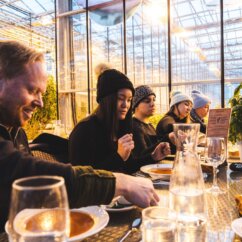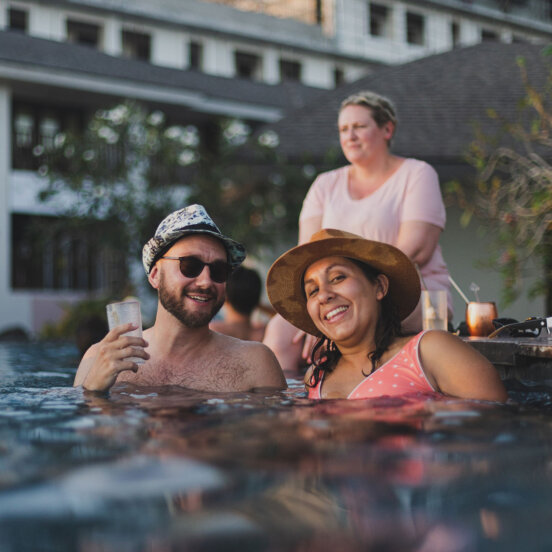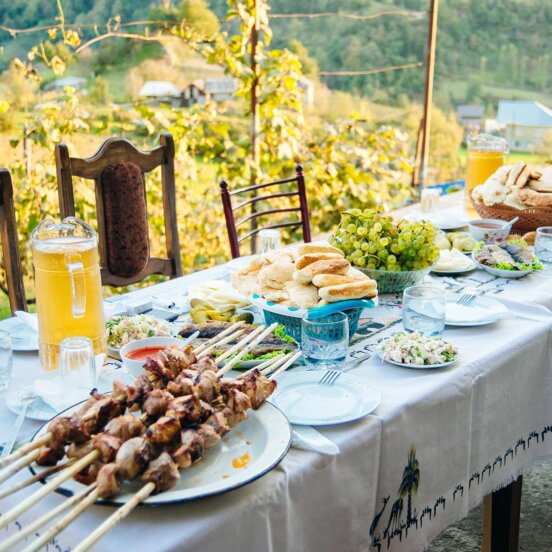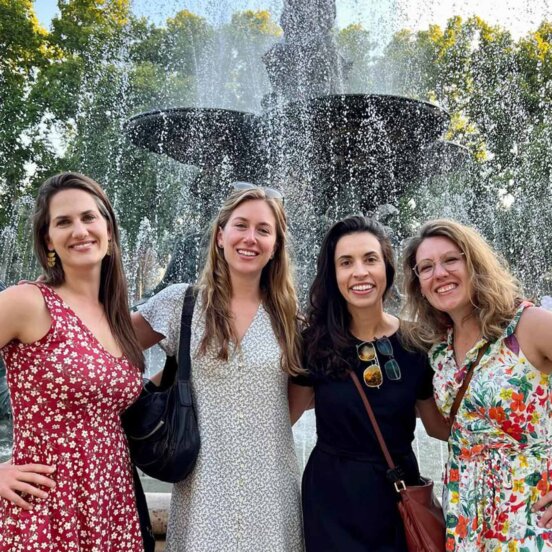Why it’s time to move on from friendships that leave you feeling lonely
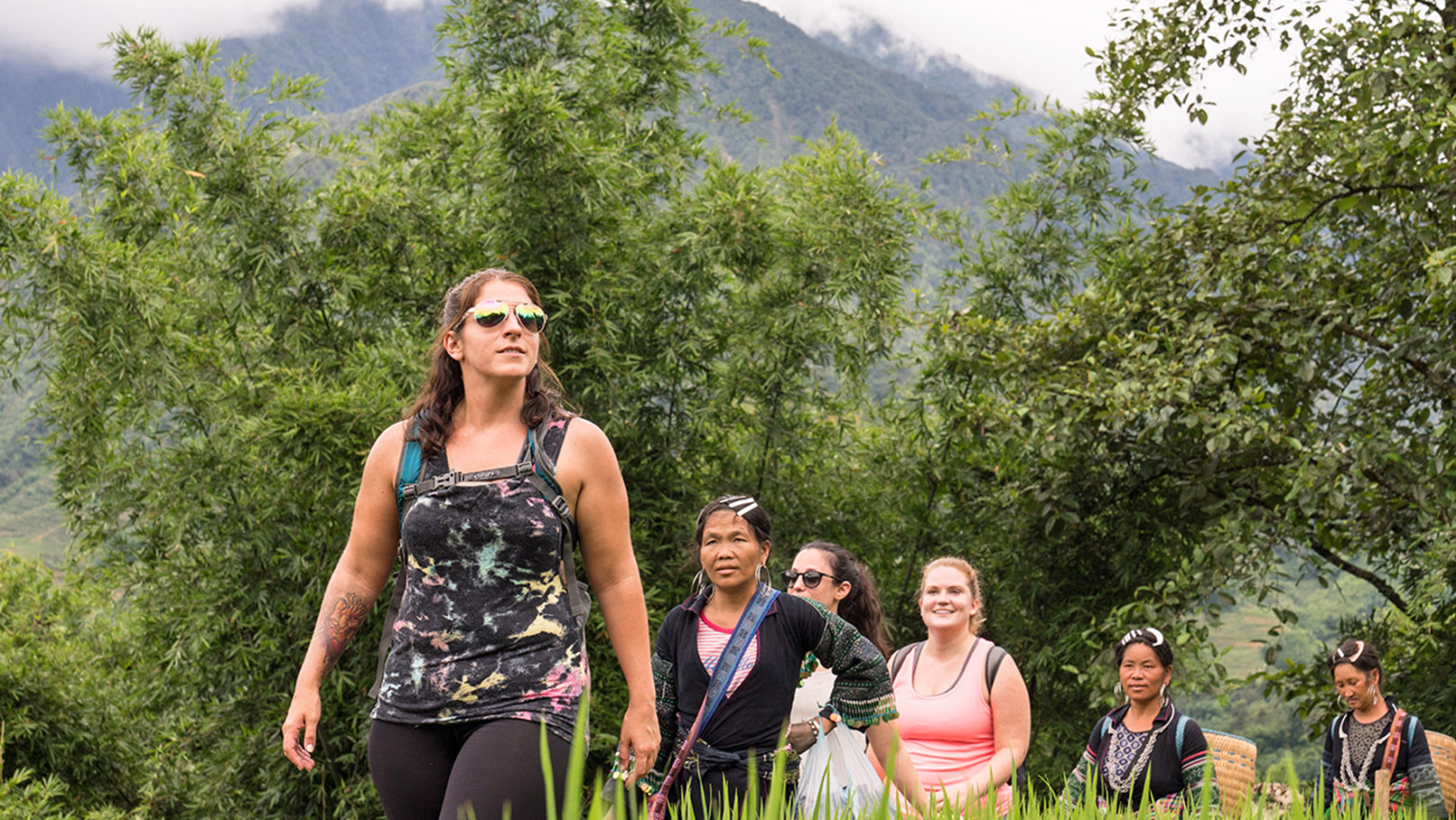
When we talk about loneliness, we often imagine it to come with isolation and solitude. And while this kind of scenario sadly does exist, feeling lonely is a lot more nuanced. Various studies have shown how loneliness can hit at multiple stages in life, like being a young adult, and also that it’s likely to decrease with age. One study found that loneliness can hit at any time in life, and it’s not necessarily linked to having no friends. Rather, you may not have the kind of friends that are nourishing for you.
Research by Dr. Dilip Jeste and his team at the University of California found that loneliness peaks at three ages in life (late 20s, mid-50s and late 80s) and is classed as ‘subjective distress’. “Loneliness does not mean being alone; loneliness does not mean not having friends,” Jeste explains. Instead, he says, it comes from the gap between the social relationships you have in your life, and those that you crave. It’s a state of mind rather than a fixed condition, and it comes down to feeling understood by those around you. And so, while feeling lonely naturally causes distress, it is “a little bit more under our control than some people think”, says Jeste.
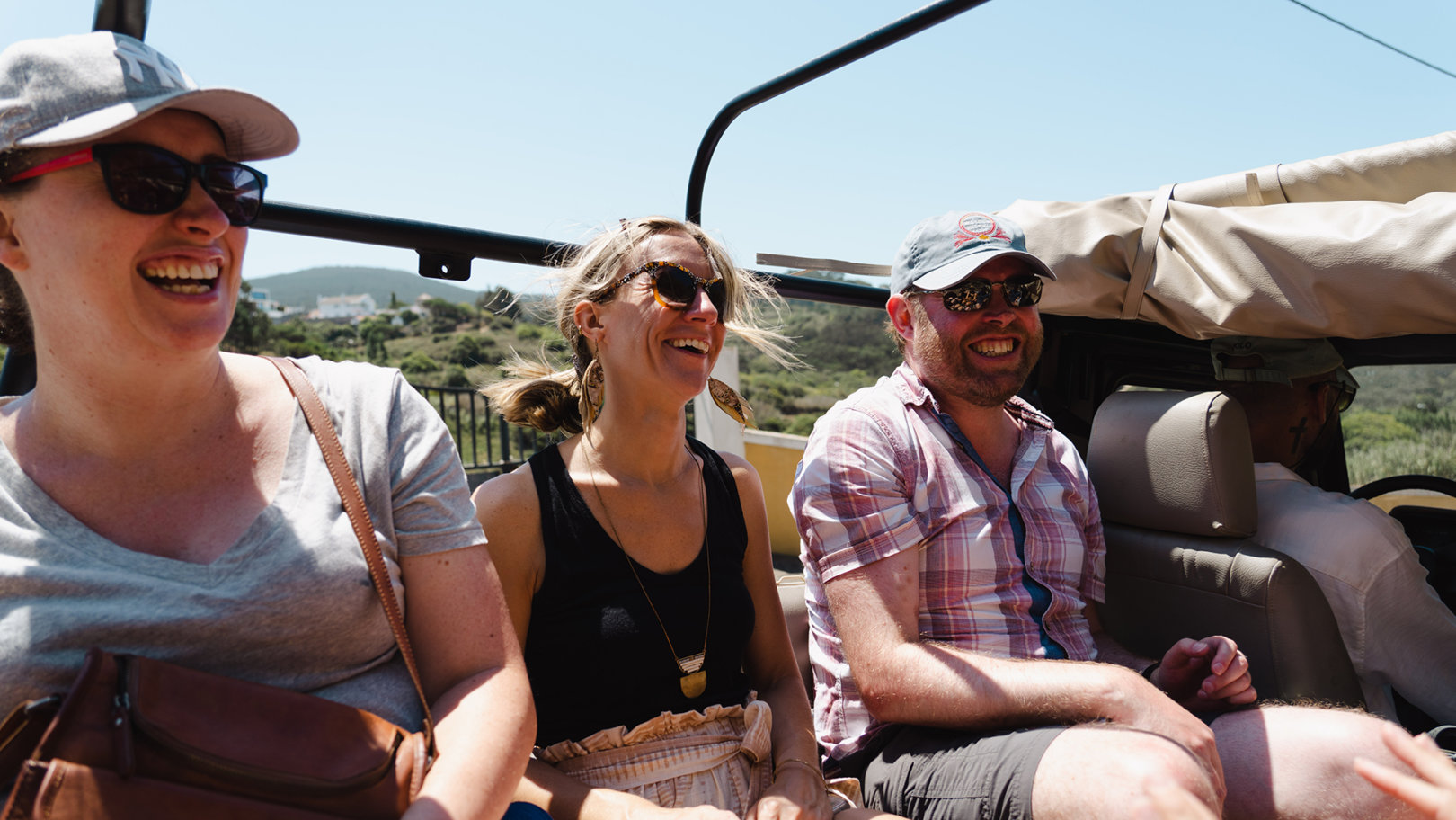
A good starting point is to think about the people around you
If you’re feeling lonely, you’re not alone: nine million people in the UK of all ages are either often or always lonely. The situation is mirrored in America, where nearly half the population feels isolated. Of that figure, 56% say the people who surround them “are not necessarily with them”, while 54% feel like no one knows them well. A further 40% say the relationships they do have “aren’t that meaningful”. In other words, we have people in our lives but we’re not always feeling connected to them – and that creates a sensation of emptiness.
A good starting point is to think about the people around you. Who energizes you? Who makes you feel drained? Can you pinpoint what it is you think you might be missing? Use this process to build up a picture of the kind of relationships you crave, whether that’s a work companion you feel heard by, someone to have a laugh with down the pub, or a person you can confide in.
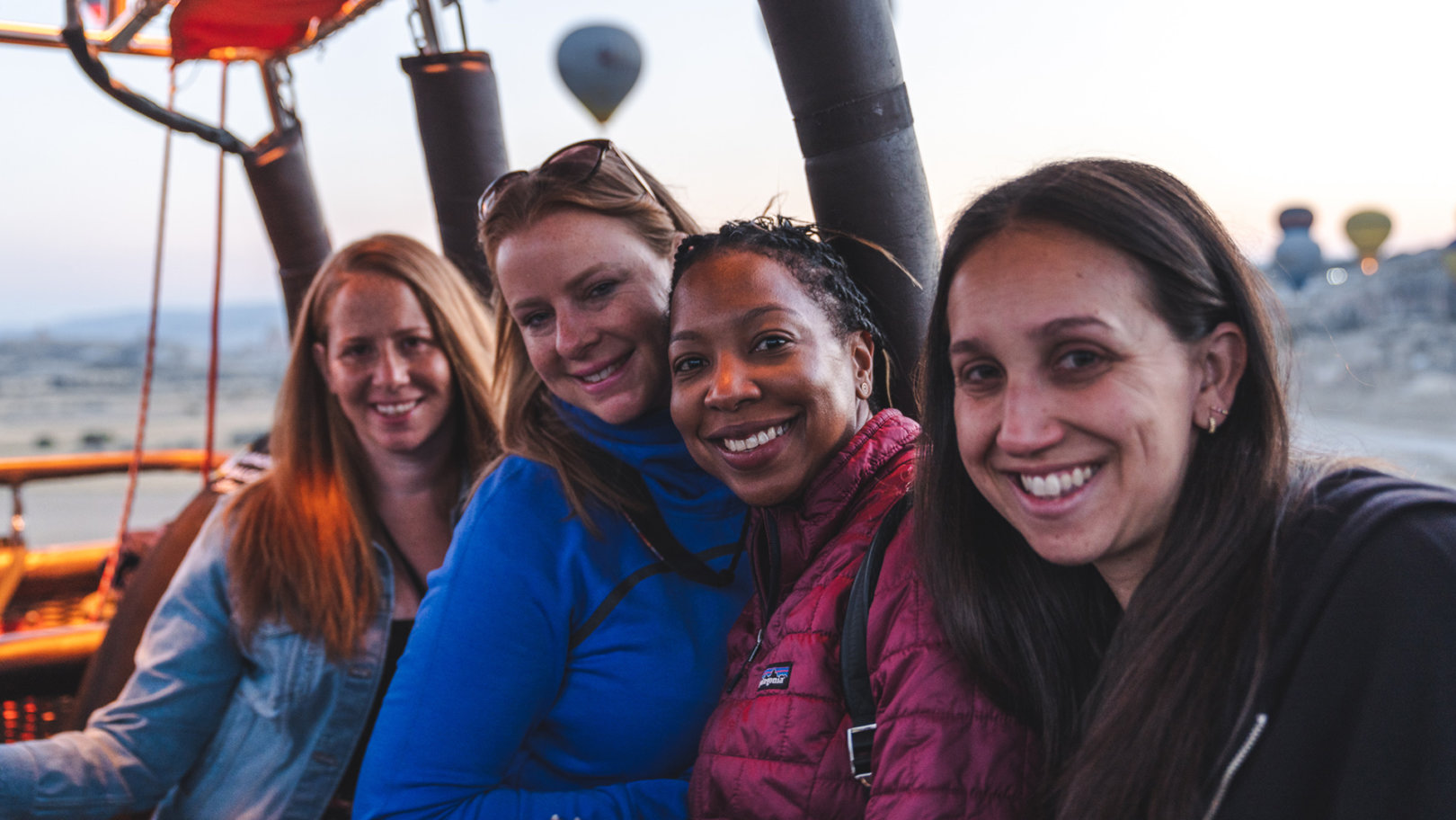
It’s our default setting to be reticent when we meet new people
Now you have an idea of what you want from a good relationship, go seek it out. Friendship doesn’t often come and find you, so you have to be the agency of the change that you want. The usual advice applies; sign up to local clubs, say yes to new invitations, try volunteering (which will help generate happiness), all putting you in the path of new people.
Then, be open and honest. It’s our default setting to be reticent when we meet new people. We’re conditioned to hold back and not express our feelings for fear of looking too eager. But research shows that by breaking these ingrained “safety behaviours” we’re more likely to build trust and a sense of closeness.
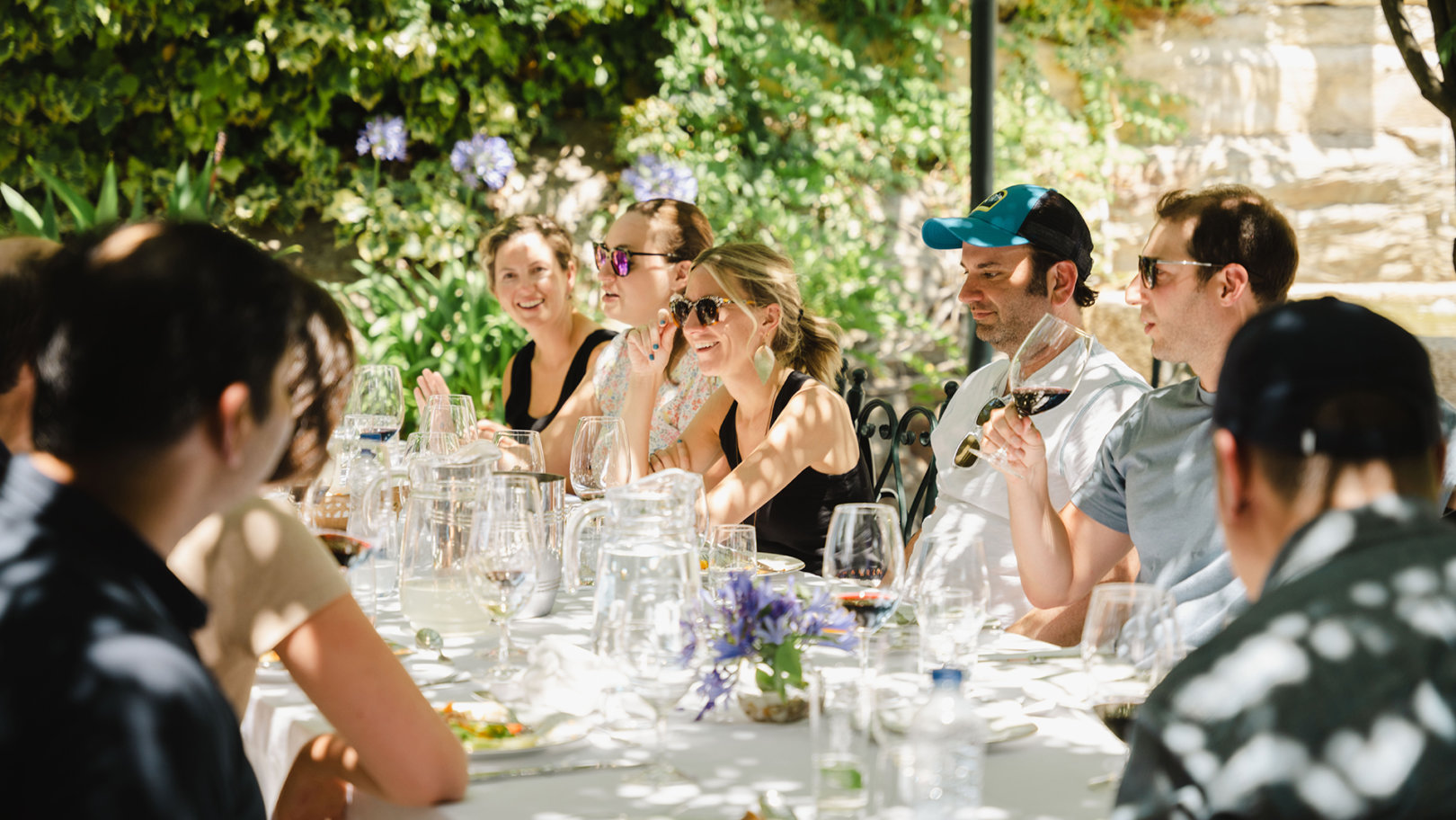
We’re all in the habit of looking downwards, not outwards
When you’re real, you encourage other people to be too, and that creates the core of a meaningful relationship. “Vulnerability is, ‘Here I am – my frayed edges, my secrets, my fears, my affection. Be careful – they’re precious,'” says psychologist Karen Young. “In return, it invites, ‘Oh, I see you there. It’s okay, you’re safe. And here – here’s me.'”
Feelings of loneliness can be thrown into relief by city living, with social networks that ebb and flow rapidly, and people often distracted by their busy, job-centric lives. And our obsession with phones doesn’t help. We’re all in the habit of looking downwards, not outwards. Add in a convenience culture geared around instant gratification and you have a perfect storm for stalled relationships.

Create the space in which that friendship can evolve
Friendships take time to form – around 80 hours in fact. They won’t just happen at the drop of a hat, especially if you’re looking for that all-important connection. Instead, you need to slow things down and invest a bit of energy and effort into the process. Start widening the net and looking beyond your usual avenues for meeting others. The more people you come across, the more likely you are to find someone you hit it off with.
Then create the space in which that friendship can evolve. How? Look at new experiences, learning new skills — and yes, shared adventures. The ability to meet new people is a muscle that can feel like it depletes with age, but when you travel with strangers you crank it right back up. And away from the distractions of everyday life, friendships have the room to develop. Whether you’re on an overnight train in Vietnam or gathering for a tea ceremony in Japan, you give yourself the time to form new, healthy and rewarding relationships.
Ready to set off on your own solo adventure and make meaningful friendships? Join Flash Pack today to meet other like-minded travelers just like you.
Got a story or adventure that could inspire a solo traveler like you? Tag @flashpack on social or email [email protected] to be featured.
Images: Flash Pack


